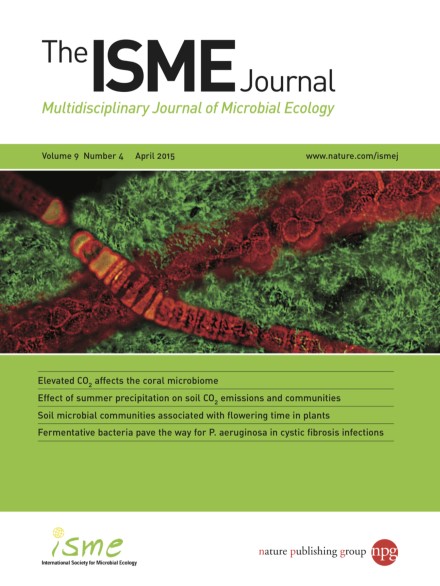-
Views
-
Cite
Cite
Marius Vital, Jiarong Gao, Mike Rizzo, Tara Harrison, James M Tiedje, Diet is a major factor governing the fecal butyrate-producing community structure across Mammalia, Aves and Reptilia, The ISME Journal, Volume 9, Issue 4, April 2015, Pages 832–843, https://doi.org/10.1038/ismej.2014.179
Close - Share Icon Share
Abstract
Butyrate-producing bacteria have an important role in maintaining host health. They are well studied in human and medically associated animal models; however, much less is known for other Vertebrata. We investigated the butyrate-producing community in hindgut-fermenting Mammalia (n=38), Aves (n=8) and Reptilia (n=8) using a gene-targeted pyrosequencing approach of the terminal genes of the main butyrate-synthesis pathways, namely butyryl-CoA:acetate CoA-transferase (but) and butyrate kinase (buk). Most animals exhibit high gene abundances, and clear diet-specific signatures were detected with but genes significantly enriched in omnivores and herbivores compared with carnivores. But dominated the butyrate-producing community in these two groups, whereas buk was more abundant in many carnivorous animals. Clustering of protein sequences (5% cutoff) of the combined communities (but and buk) placed carnivores apart from other diet groups, except for noncarnivorous Carnivora, which clustered together with carnivores. The majority of clusters (but: 5141 and buk: 2924) did not show close relation to any reference sequences from public databases (identity <90%) demonstrating a large ‘unknown diversity’. Each diet group had abundant signature taxa, where buk genes linked to Clostridium perfringens dominated in carnivores and but genes associated with Ruminococcaceae bacterium D16 were specific for herbivores and omnivores. Whereas 16S rRNA gene analysis showed similar overall patterns, it was unable to reveal communities at the same depth and resolution as the functional gene-targeted approach. This study demonstrates that butyrate producers are abundant across vertebrates exhibiting great functional redundancy and that diet is the primary determinant governing the composition of the butyrate-producing guild.




